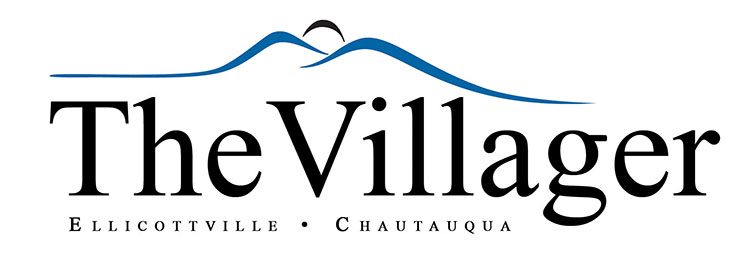By Carol Fisher-Linn
Working to keep her afloat…
How many of our readers know that Buffalo has at its disposal, the oldest working fireboat in the world? Please become acquainted with Buffalo’s fireboat and national landmark, the Edward M Cotter. On Sunday, June 25, from 1pm-5pm, the public is invited – and encouraged – to attend Cotter Fest at Buffalo RiverWorks, an event that helps to fund the ongoing maintenance and operational expenses of Buffalo’s beloved fireboat.
Back in the early 1970’s, as an employee of the Niagara Frontier Port Authority, I had an occasion to go onboard the Edward M. Cotter several times. What I found most thrilling, however, was standing on shore, watching it doing a full display of its firefighting might, all pumpers going. It’s a wonder to behold! A must see!

“At 123 years old The Cotter is the oldest working fireboat in the world,” said Larry Cobado, President of the Edward M. Cotter Conservatory. “However, most people don’t realize that the Edward M Cotter is also an icebreaker and performs important work by proactively breaking ice on the Buffalo River, which helps keep the Cazenovia and Buffalo Creeks from ice jam flooding. This prevents flooding in all the towns (including portions of the First Ward and South Buffalo from flooding on out to the Boston Hills). A working boat like the Edward M Cotter is able to serve the community for many years if it is periodically rebuilt and properly maintained. We are lucky that the City of Buffalo has retained this national treasure and it is our mission to support it so that it is here for many decades to come.”
Imagine if you will, Buffalo and its waterfront 123 years ago. In our history we had the fated 1847 fire and sinking of the Erie, a passenger ship that left Buffalo and caught fire about an hour out. If the fireboat had been on duty, perhaps more lives could have been saved. https://en.wikipedia.org/wiki/Erie_(steamship,_sank_1841)
Ever hear the expression, “Gateway to the West?” That, my friends, was Buffalo’s moniker after the building of the Erie Canal, more specifically, The Erie Canal Harbor which was the western terminus of the Erie Canal. Buffalo was one of the world’s greatest business centers moving traffic and goods from all over the world, from the Atlantic to the Great Lakes and out west. This small derelict waterfront village almost overnight became a thriving metropolis. Due to its commerce and activity, it became the largest inland port in the nation as well as the unofficial grain capital of North America, hence the grain elevators still standing at Canalside.
All good things sometimes do come to an end, as did Buffalo’s halcyon years
The arrival of trains and automobiles in the early 20th century led to the ultimate demise of Erie Canal Harbor as a functional hub of commerce. The Fireboat entered the picture as the commerce industry was changing. This is the environment that the Edward M. Cotter (originally named William S. Grattan) and her crew remained vigilant over. Aside from rescuing ships when in trouble, these days, the Cotter has a dual role. It serves as an icebreaker in the winter, a very important role, not only for Buffalo but surrounding communities as well. It was able to perform this extra role because of the inch and a half steel that makes up its hull.
Her keel was laid in Elizabeth Port, NJ 3/24/1900. It cost $91,000 (that’s $3,286,432.50 in 2023 dollars). The engines are not original, but they are at least 70 years old. Damaged and rebuilt, she was designated a “National Historic Landmark” by the National Parks Service on July 4, 1996. Join the festivities this weekend and see her up close and personal. Here’s how you can help. Attend Cotter Fest on the 25th. Enjoy a two-hour cruise on the Grand Lady on Sunday Evening July 2nd and help raise money for the Fireboat Cotter. https://www.grandlady.com. If you have a group interested in renting the boat for a few hours, like a Chamber meeting or such, contact Captain Sixt for details and restrictions at (716) 846-4265.
Large Caption: Ever hear the expression, “Gateway to the West?” That, my friends, was Buffalo’s moniker after the building of the Erie Canal, more specifically, The Erie Canal Harbor which was the western terminus of the Erie Canal. Buffalo was one of the world’s greatest business centers moving traffic and goods from all over the world, from the Atlantic to the Great Lakes and out west. This small derelict waterfront village almost overnight became a thriving metropolis. Due to its commerce and activity, it became the largest inland port in the nation as well as the unofficial grain capital of North America, hence the grain elevators still standing at Canalside.
